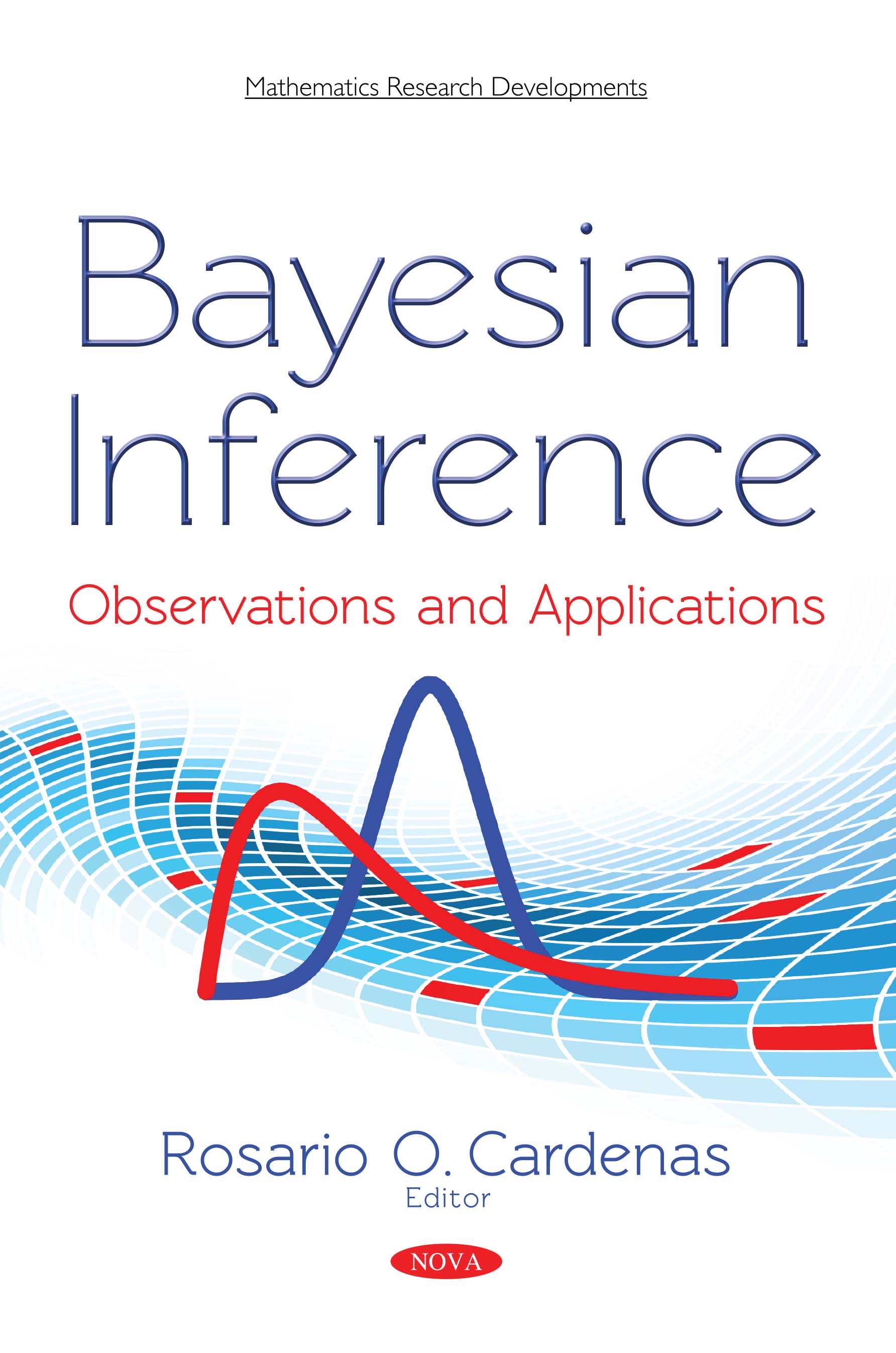- 丛书名 : Mathematics Research Developments
- 中图分类号: O1
- 语种: ENG
- 出版信息: Nova Science 2018 158页
- EISBN: 9781536132137
- PISBN-P: 9781536132120
- 原文访问地址:
KG评星
知识图谱评星,是一种基于用户使用的评价体系,综合图书的评论数量、引文数量、Amazon评分以及图谱网络中节点的PageRank值(即考虑相邻节点数量和重要性)等多种因素计算而得出的评价数值。星级越高,推荐值越高。CAT核心级
核心学术资源(CAR)项目作为教图公司推出的一项知识型服务,旨在打造一套科学、有效的图书评价体系,并协助用户制定相应的馆藏建设方案。CAR项目调查和分析12所世界一流大学的藏书数据,以收藏学校的数量确定书目的核心级,核心级越高,代表书目的馆藏价值越高。选取核心级在三级以上,即三校以上共藏的图书作为核心书目(CAT)。Bayesian Inference: Observations and Applications discusses standard Bayesian inference, in which a-priori distributions are standard probability distributions. In some cases, however, a more general form of a-priori distributions (fuzzy a-priori densities) is suitable to model a-priori information. The combination of fuzziness and stochastic uncertainty calls for a generalization of Bayesian inference, i.e. fuzzy Bayesian inference. The authors explain how Bayes’ theorem may be generalized to handle this situation. Next, they present a decision analytic framework for completing selection of optimal parameters for machining process definition. In addition, a discussion section on the subjects of inference, experimental design, and risk aversion is included. The concluding review focuses on the sparse Bayesian methods from their model specifications, interference algorithms, and applications in sensor array signal processing. Sparse and structured sparse Bayesian methods formulate problems in a probabilistic manner by constructing a hierarchical model, allowing for the obtainment of flexible modeling capability and statistical information. (Bayesian Inference: Observations and Applications discusses standard Bayesian inference, in which a-priori distributions are standard probability distributions. In some cases, however, a more general form of a-priori distributions (fuzzy a-priori densities) is suitable to model a-priori information. The combination of fuzziness and stochastic uncertainty calls for a generalization of Bayesian inference, i.e. fuzzy Bayesian inference. The authors explain how Bayes’ theorem may be generalized to handle this situation. Next, they present a decision analytic framework for completing selection of optimal parameters for machining process definition. In addition, a discussion section on the subjects of inference, experimental design, and risk aversion is included. The concluding review focuses on the sparse Bayesian methods from their model specifications, interference algorithms, and applications in sensor array signal processing. Sparse and structured sparse Bayesian methods formulate problems in a probabilistic manner by constructing a hierarchical model, allowing for the obtainment of flexible modeling capability and statistical information. (Nova)







 京公网安备 11010602104826号
京公网安备 11010602104826号
